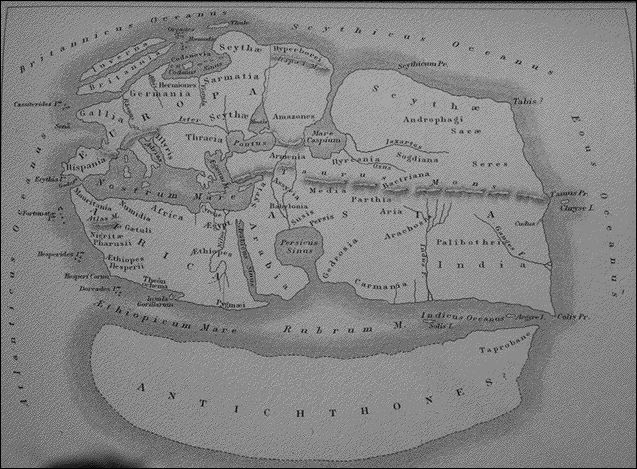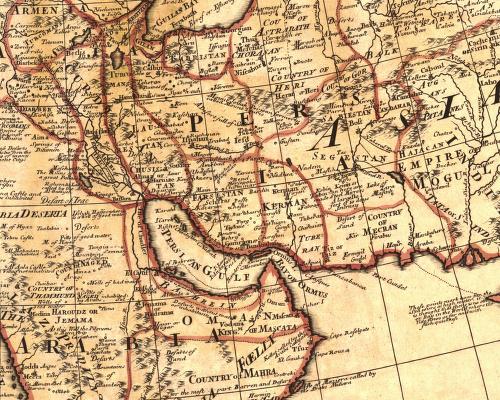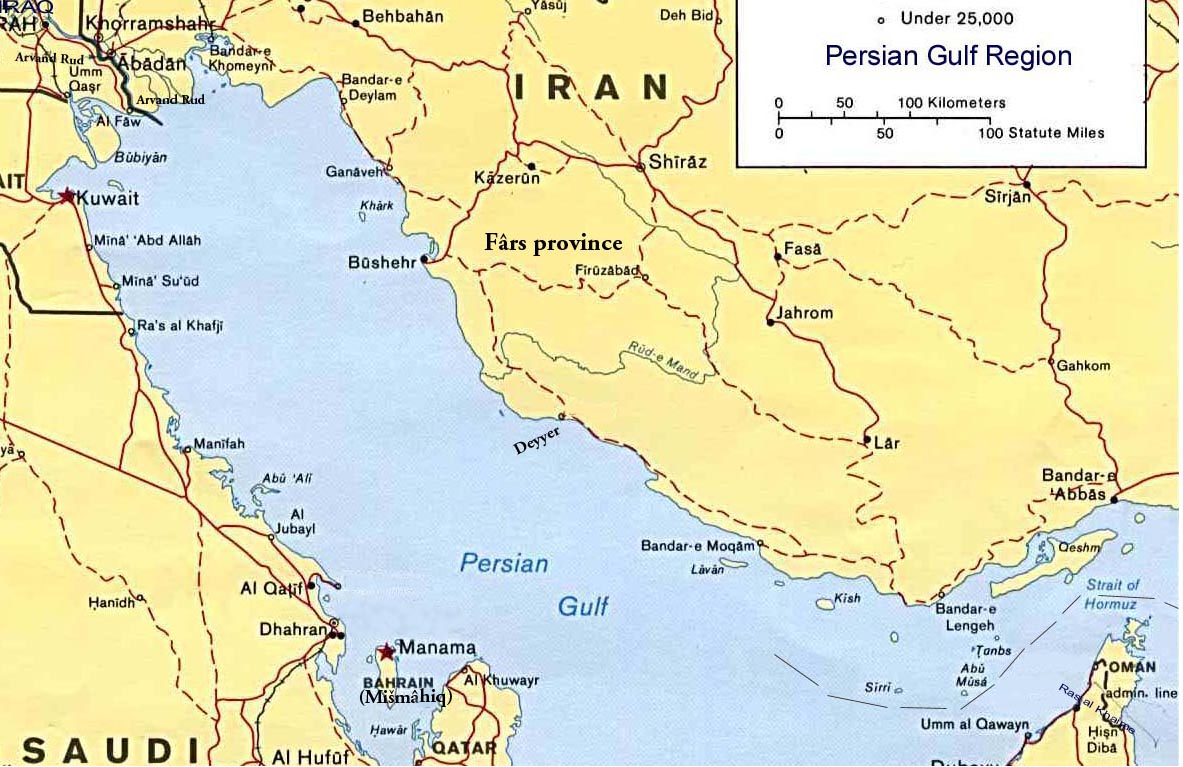Archaeological evidence suggests that Dilmun returned to prosperity after the Assyrian Empire stabilized the TigrisEuphrates area at the end of the second millennium B.C. A powerful ruler in Mesopotamia meant a prosperous gulf, and Ashurbanipal, the Assyrian king who ruled in the seventh century B.C., was particularly strong. He extended Assyrian influence as far as Egypt and controlled an empire that stretched from North Africa to the Persian Gulf. The Egyptians, however, regained control of their country about a half-century after they lost it.
A series of other conquests of varying lengths followed. In 325 B.C., Alexander the Great sent a fleet from India to follow the eastern, or Persian, coast of the gulf up to the mouth of the Tigris and Euphrates rivers and sent other ships to explore the Arab side of the waterway. The temporary Greek presence in the area increased Western interest in the gulf during the next two centuries. Alexander's successors, however, did not control the area long enough to make the gulf a part of the Greek world. By about 250 B.C., the Greeks lost all territory east of Syria to the Parthians, a Persian dynasty in the East. The Parthians brought the gulf under Persian control and extended their influence as far as Oman.



